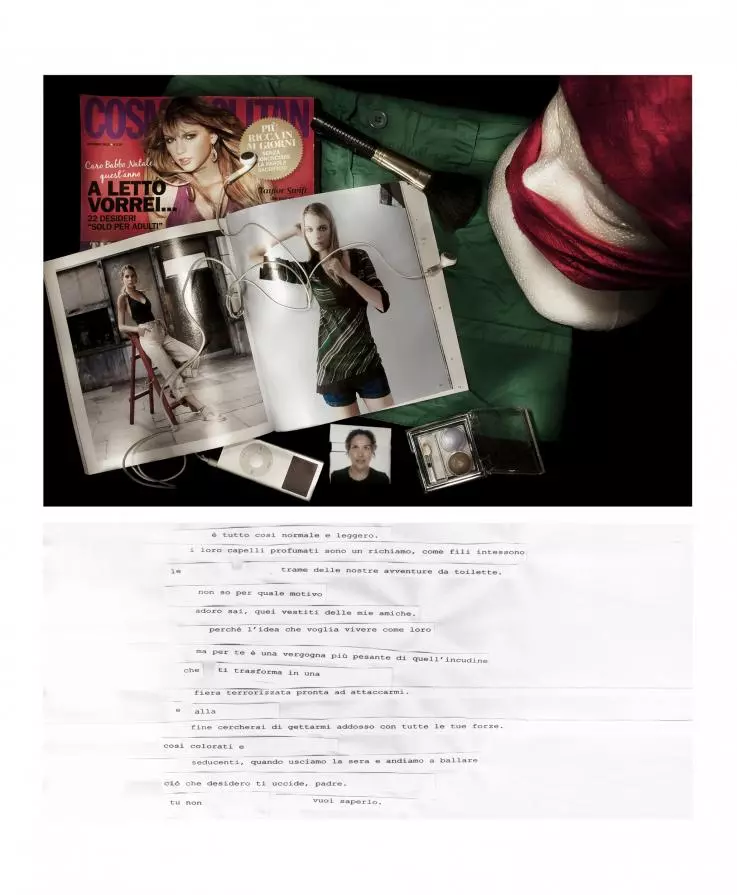
Ritratti in assenza d'identità
Walker Evans presented a study of the U.S. population, around the '30s, where the portraits of more than a hundred people lined up included and divided into blocks. A democratic representation and rigid at the same time, apparently a cage that did not include any alternation of conditions. The reality proved so subject to opposing and complementary interpretations .
When a global system of rules that increasingly stringent inventory, consciously or not, the concept of identity slips into border areas and fluid meaning: where the approval insists with greater force, with poses and coded behaviors, you have the impression of seeing too many inconsistencies revealed hidden. In addition, the digital technology, created to facilitate the sharing over the network, forces us to interpret a vast mass of information that perception, almost mechanically, read in a subjective way. A little like to the technique which in the literature is called cut-up, that is cut and paste.
In this project, serial images were composed in a similar manner, so as to create a kind of samples. Something reminiscent of the language of the virtual social network profiles made of: synthetic descriptions essential, easily fillable, structurally similar, yet easily replicable and falsifiable . Perhaps an environment designed for the classification of the ego is revealed at the same time congenial soil for his own escape and re-invention. The work was created around photo ID lost, rejected, abandoned or requests directly and subjective interpretation, almost divination, of those personalities immortalized in origin so neutrally, made through objects and texts. All held together/disconnected precisely by means of the same technique of cutting and pasting, or at least alteration, fragmentation, multiplication: a way to physically and visually represent the often unconscious mechanism of adaptation of reality that takes place before the innumerable variables of contemporary communication. Photo ID, also the most common means used to bureaucratisation the individual, escapes the same rules of which it is the emblem, keeping in oscillation between the presence and absence of the identity between being the substance and being the representation. In recognition of this semantic conflict resists the vitality of these portraits.
In many artistic well-known experiences is reference this series, between portrait and still-life, between photography and literature, between reality and simulation, because the snapshot by its nature does not provide absolute truths, rather indicates points of contrast , assumptions, relationships and issues. Which are usually open, but they always tells something.
"Looking at your work, we immediately felt that the image of that man incredibly resembled our father. But, in fact, can not be."
Sara and Ilaria
 Share / Save
Share / Save























Comments 0
Say something